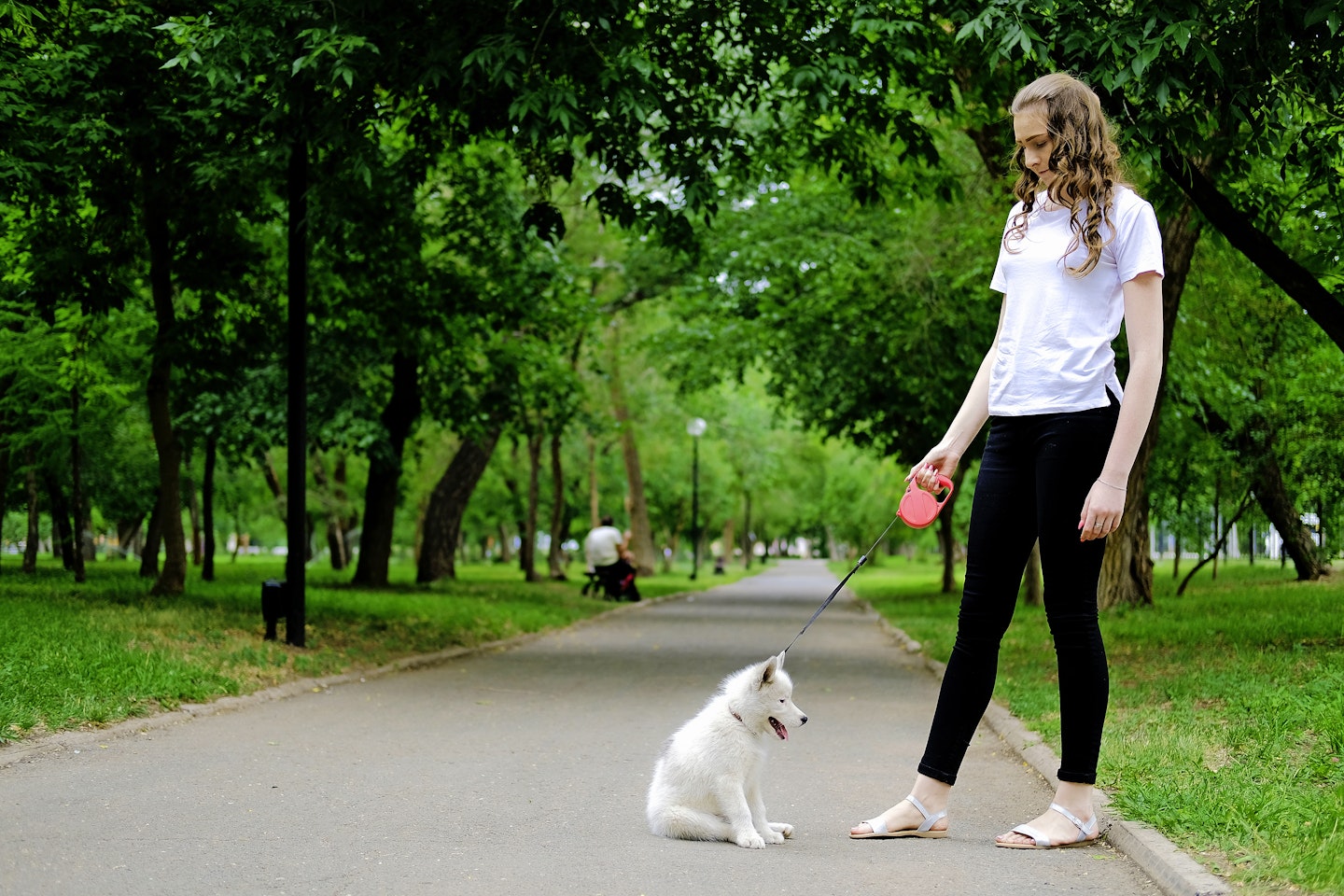'Hi, I’m Rosie. I have a degree in psychology and zoology and a post-graduate diploma in companion animal behaviour counselling. I just adore working with animals, and am here to answer your questions…'
My dog is fine with pooches she’s known since she was a puppy but can be fierce towards those she’s just met. Any advice?
Avoid putting her in situations where she rehearses the unwanted behaviour, as it is likely to be reinforced in some way - the other dog backs off and she learns that using aggression is a successful strategy to get other dogs out of her space. Avoid a head-on approach with other dogs and protect her from dogs coming into her space uninvited. I would recommend speaking to your vet to ensure she is not worried about potential pain caused by an unfamiliar dog jumping on her, for example, and ask for referral to a Clinical or Veterinary Behaviourist.
I wish my cat was more affectionate. What can Ido to get her to sit on my lap?
The best way to encourage a cat to spend time with you is to stop trying! If your cat feels in control of the situation and knows she has the choice to approach and to move away when she wants, she is more likely to sit on your lap. Some cats also want the warmth and comfort of the lap but don’t want to be physically touched - again, it goes back to the control issue! If she does choose to spend time with you make sure she is very clearly requesting interaction in the form of head nudges, gazing/blinking or reaching out with a paw. Then, stick to a three second rule where you stroke for three seconds then stop and see if your cat re-initiates the interaction. If she doesn’t, refrain from touching her. You could also work on forming a calm, positive association with being near you using Catnip or Feliway Classic spray, which mimics the reassuring pheromones deposited from a cat’s facial glands when they rub against things.

Sometimes my puppy refuses to walk on the lead. Why does this happen and how can I handle it?
There are lots of reasons why your puppy might stop on walks – one is potential pain, and the other is that they are finding things a bit overwhelming. Once pain has been ruled out by the vet, I would suggest removing all pressure and allowing your puppy to dictate where to go on their walk and stop when they want to stop and watch the world go by. Look at your walks as more of a slow mooch rather than going from A to B or on a particular route. Your puppy is learning so much about the world and needs time and space to process it all, as well as learning that you are his safe place and advocate.
After five years, my house cat has suddenly got the urge to go outside. What has caused this change?
Has anything within the home environment or outside changed? Is there a new baby, a new pet or have you redecorated? Has a new neighbourhood cat arrived and started looking into your cat’s territory through the window? It’s useful to work out whether she is trying to get away from something in the house or is motivated to get to something outside.
